Home>Furniture & Design>Outdoor Furniture>How To Keep Outdoor Blinds From Blowing In The Wind
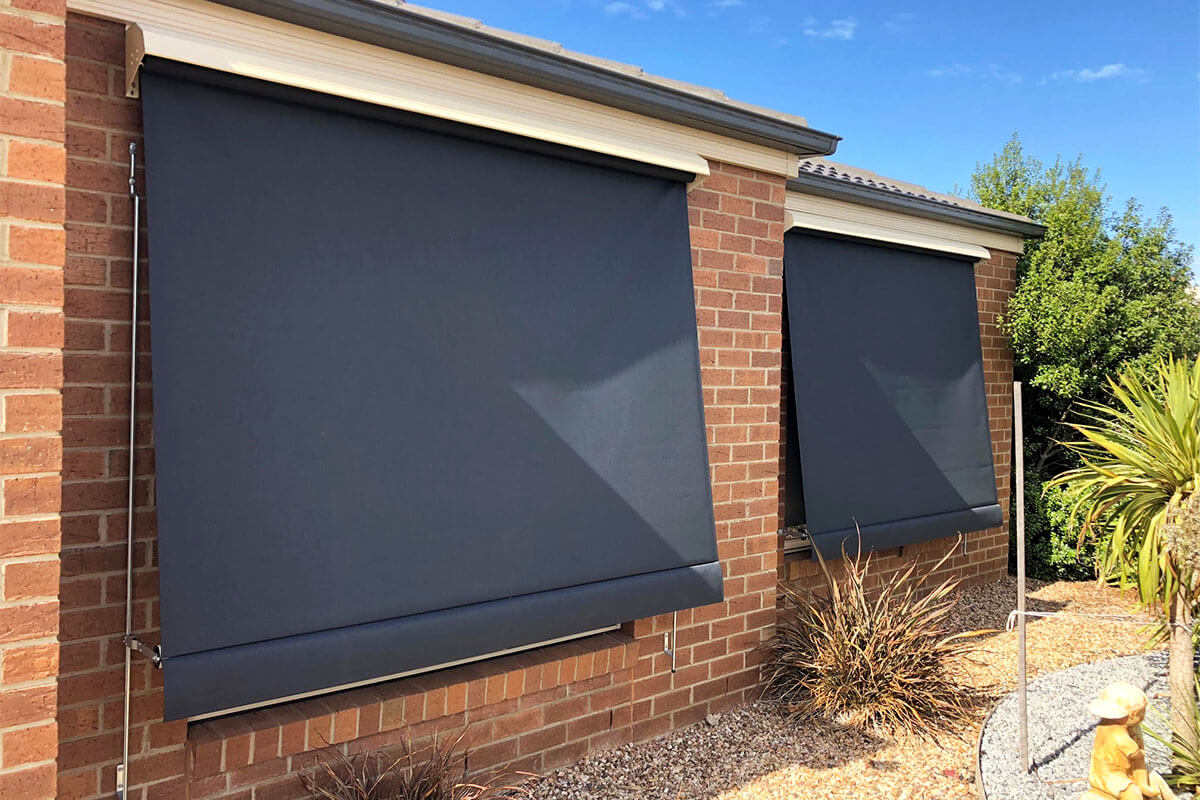

Outdoor Furniture
How To Keep Outdoor Blinds From Blowing In The Wind
Modified: October 28, 2024
Learn effective tips to prevent outdoor blinds from blowing in the wind and protect your outdoor furniture and design. Keep your outdoor space secure and stylish!
(Many of the links in this article redirect to a specific reviewed product. Your purchase of these products through affiliate links helps to generate commission for Storables.com, at no extra cost. Learn more)
Introduction
Welcome to the world of outdoor living, where the gentle breeze, warm sunshine, and the soothing sounds of nature create the perfect ambiance for relaxation. However, as much as we adore the great outdoors, we also encounter challenges that come with it. One common issue that outdoor enthusiasts face is the relentless force of the wind, which can turn a peaceful day into a battle to keep everything in place. In particular, outdoor blinds can be vulnerable to the whims of the wind, posing a constant struggle for homeowners and businesses alike.
In this article, we will delve into the art of keeping outdoor blinds from blowing in the wind. Whether you're a homeowner looking to enhance your outdoor living space or a business owner aiming to create an inviting alfresco area for your patrons, understanding how to mitigate the impact of wind on outdoor blinds is essential. We will explore the intricacies of selecting the right blinds, installing them properly, and implementing strategies to secure them in windy conditions. Additionally, we'll discuss the importance of regular maintenance to prolong the lifespan of your outdoor blinds.
So, let's embark on this journey to master the art of harmonizing outdoor living with the elements, ensuring that your outdoor blinds remain steadfast in the face of the wind's relentless dance.
Key Takeaways:
- Choose wind-resistant outdoor blinds made of durable materials like PVC or metal, and ensure professional installation for stability in windy conditions.
- Secure outdoor blinds with tie-downs, strategic positioning, and regular maintenance to preserve their functionality and visual appeal in the face of wind.
Understanding the Problem
When it comes to outdoor blinds, the impact of wind can pose a significant challenge. The force of the wind can cause blinds to sway, flap, or even become dislodged, disrupting the tranquility of your outdoor space. In addition to the nuisance factor, unsecured blinds can suffer damage, leading to costly repairs or replacements.
Understanding the dynamics of wind and its interaction with outdoor blinds is crucial. Factors such as the orientation of your outdoor area, the surrounding landscape, and the design of the blinds themselves all play a role in how they respond to wind. For instance, a coastal property may experience stronger and more consistent winds compared to an inland location, necessitating a different approach to blind selection and installation.
Furthermore, the type of outdoor blinds you choose can influence their susceptibility to wind-related issues. For example, traditional fabric blinds may be more prone to flapping in the wind, while more robust materials like PVC or metal can offer greater resistance. Additionally, the size and shape of the blinds, as well as the method of installation, can impact their stability in windy conditions.
Another aspect to consider is the potential impact on your outdoor activities. Whether you enjoy hosting gatherings, dining al fresco, or simply unwinding in your outdoor sanctuary, the disruptive effects of wind-blown blinds can detract from the experience. By addressing the problem proactively, you can create a more enjoyable and functional outdoor space, free from the interference of unruly blinds.
As we unravel the intricacies of this challenge, we will explore effective strategies to mitigate the impact of wind on outdoor blinds, allowing you to revel in the beauty of the outdoors without the hindrance of flapping or displaced blinds.
Choosing the Right Blinds
When it comes to mitigating the impact of wind on outdoor blinds, the first step is choosing the right blinds for your specific needs and environment. The market offers a diverse range of outdoor blinds, each with unique features and capabilities designed to address various challenges, including wind resistance.
One crucial consideration is the material of the blinds. Traditional fabric blinds, while versatile and aesthetically pleasing, may be more susceptible to wind-induced movement. On the other hand, blinds crafted from durable materials such as PVC, acrylic, or metal can offer enhanced resistance to wind, minimizing flapping and sway. These materials are often designed to withstand outdoor elements, making them a reliable choice for wind-prone areas.
Another factor to weigh is the design and construction of the blinds. Some blinds are engineered with wind-resistant features, such as reinforced edges, heavy-duty tracks, and secure fastening mechanisms, all of which contribute to their stability in windy conditions. Additionally, consider the size and shape of the blinds, as larger expanses may be more susceptible to wind impact. Opting for blinds that are specifically designed and tested for wind resistance can provide assurance in their ability to withstand nature’s forces.
Furthermore, the method of installation plays a pivotal role in the performance of outdoor blinds. Proper installation, including secure anchoring and appropriate tensioning, can bolster the blinds’ ability to withstand wind. Engaging professional installers with expertise in outdoor blind installation can ensure that the blinds are fitted correctly, minimizing the risk of wind-related issues.
It’s important to assess your specific environmental factors, such as prevailing wind patterns and the proximity to coastal or open areas, when selecting outdoor blinds. Properties in wind-prone regions may benefit from blinds designed explicitly for high-wind environments, offering advanced features to combat the challenges posed by strong and persistent winds.
By carefully evaluating the material, design, construction, and installation of outdoor blinds, you can make an informed decision that aligns with your wind resistance requirements, ultimately enhancing the functionality and longevity of your outdoor living space.
Installing Outdoor Blinds
Proper installation is paramount to ensuring the stability and performance of outdoor blinds, especially in windy conditions. Whether you opt for traditional fabric blinds or robust, wind-resistant alternatives, the installation process significantly influences the blinds’ ability to withstand the forces of nature.
Engaging professional installers with expertise in outdoor blind installation can provide peace of mind, knowing that the blinds are fitted securely and in accordance with best practices. These professionals can assess the specific requirements of your outdoor space, taking into account factors such as wind exposure, structural considerations, and the desired functionality of the blinds.
During the installation process, attention to detail is crucial. Proper anchoring of the blinds, whether to walls, posts, or other fixtures, is essential to prevent displacement caused by wind. Additionally, ensuring that the blinds are tensioned correctly and operate smoothly contributes to their overall stability.
For properties in wind-prone areas, special consideration should be given to the installation method. In some cases, additional reinforcement or specialized mounting hardware may be recommended to fortify the blinds against strong and persistent winds. Professional installers can offer tailored solutions to address the unique challenges posed by your specific outdoor environment.
Moreover, the orientation of the blinds relative to the prevailing wind direction can impact their performance. Strategic positioning, such as angling the blinds to minimize direct exposure to strong winds, can help reduce the force exerted on the blinds, enhancing their ability to remain steady and secure.
Regular maintenance and inspection of the installed blinds are also essential. Over time, environmental factors and usage can affect the blinds’ stability. Periodic checks, adjustments, and, if necessary, repairs can help uphold the integrity of the installation, ensuring that the blinds continue to offer reliable wind resistance.
By entrusting the installation to experienced professionals and adhering to best installation practices, you can fortify your outdoor blinds against the challenges of wind, enabling you to enjoy a tranquil and undisturbed outdoor living space.
Consider installing outdoor blinds with weighted bottoms or using tie-downs to secure them in place. You can also opt for wind-resistant materials and regularly check and maintain the blinds to ensure they stay in place during windy conditions.
Securing Blinds in Windy Conditions
When confronted with windy conditions, it becomes imperative to implement measures to secure outdoor blinds effectively. By fortifying the blinds against the forces of nature, you can maintain their functionality and aesthetic appeal while mitigating potential damage caused by wind-induced movement.
One approach to bolstering the stability of outdoor blinds in windy conditions is the use of tie-downs or hold-downs. These mechanisms, often consisting of durable straps or cables, are anchored to the blinds and secured to fixed points, such as posts or the ground. By fastening the blinds in place, tie-downs prevent excessive movement and minimize the risk of displacement during gusty weather.
Additionally, some outdoor blinds are equipped with built-in locking or fastening systems designed to enhance their resistance to wind. These features, ranging from simple locking mechanisms to advanced wind-resistant technologies, can offer added assurance of the blinds’ ability to withstand turbulent conditions. When selecting outdoor blinds, consider options that incorporate these specialized securing mechanisms for optimal wind resistance.
Strategic placement of outdoor furniture or decorative elements can also contribute to securing blinds in windy conditions. By strategically positioning heavy or anchored items near the base of the blinds, you can create a barrier that diminishes the impact of wind and reduces the blinds’ susceptibility to movement. Furthermore, landscaping features or natural windbreaks, such as hedges or trellises, can help deflect wind and create a more sheltered environment for the blinds.
Regular inspections and maintenance play a pivotal role in ensuring the effectiveness of these securing measures. Periodically checking the integrity of tie-downs, fastening systems, and any additional reinforcements can help identify and address potential vulnerabilities before they compromise the blinds’ stability. Furthermore, adjusting the positioning of tie-downs or reevaluating the placement of surrounding elements can optimize the blinds’ resistance to wind over time.
By implementing a combination of robust securing mechanisms, strategic environmental considerations, and diligent maintenance, you can fortify outdoor blinds against the challenges of windy conditions, preserving their functionality and visual appeal while safeguarding your outdoor living space from the disruptive effects of wind.
Read more: How To Keep Outdoor Curtains From Blowing
Maintenance and Care
Ensuring the longevity and optimal performance of outdoor blinds, particularly in the face of wind and other environmental factors, necessitates a proactive approach to maintenance and care. By incorporating routine maintenance practices and attentive care, you can safeguard your investment and preserve the functionality and aesthetic appeal of your outdoor living space.
Regular cleaning is a fundamental aspect of maintaining outdoor blinds. Over time, dust, debris, and environmental residues can accumulate on the blinds, compromising their appearance and potentially impeding their operation. Depending on the material of the blinds, cleaning methods may vary. While fabric blinds may require gentle washing and thorough drying, solid materials such as PVC or metal blinds can often be cleaned with a mild detergent and water. By adhering to recommended cleaning procedures, you can uphold the cleanliness and integrity of the blinds, preventing issues that may arise from neglect.
Inspection of the blinds is equally essential. Periodically assessing the condition of the blinds, including their fastenings, mechanisms, and overall stability, enables you to detect any signs of wear, damage, or loosening. Addressing these issues promptly through repairs or adjustments can prevent minor concerns from escalating into more significant problems, ultimately prolonging the lifespan of the blinds and optimizing their performance in windy conditions.
For fabric blinds, applying protective treatments can offer added resilience against environmental elements, including wind. Waterproofing or UV-resistant coatings can enhance the durability of the fabric, reducing the impact of moisture and sunlight exposure. Similarly, treatments designed to inhibit mold and mildew growth can help preserve the fabric’s integrity, particularly in humid or damp conditions.
In wind-prone areas, it’s beneficial to periodically assess the effectiveness of securing mechanisms and tie-downs. Ensuring that these components are intact, properly tensioned, and securely anchored can fortify the blinds against the challenges posed by wind, minimizing the risk of displacement or damage during inclement weather.
Lastly, proactive care extends to the surrounding environment. Maintaining natural windbreaks, such as trees or shrubbery, can contribute to creating a more sheltered outdoor space, reducing the direct impact of wind on the blinds. Additionally, considering the placement of outdoor furniture and decor in relation to the blinds can further enhance their stability in windy conditions.
By integrating these maintenance and care practices into your routine, you can uphold the resilience and functionality of outdoor blinds, ensuring that they remain steadfast in the face of wind while enriching your outdoor living experience for years to come.
Conclusion
As we conclude our exploration of keeping outdoor blinds from succumbing to the forces of the wind, it becomes evident that a harmonious coexistence between outdoor living and the elements is achievable through informed decision-making, strategic implementation, and attentive maintenance.
By understanding the nuances of wind interaction with outdoor blinds and selecting the appropriate blinds tailored to your specific environmental factors, you lay a solid foundation for wind resistance. The choice of materials, design features, and professional installation all contribute to the blinds’ stability and reliability in the face of wind-induced challenges.
Securing outdoor blinds in windy conditions involves a multifaceted approach, encompassing robust tie-downs, integrated fastening mechanisms, strategic environmental considerations, and diligent maintenance. By fortifying the blinds against the disruptive effects of wind, you can maintain a tranquil and undisturbed outdoor space, free from the hindrance of flapping or displaced blinds.
Furthermore, the commitment to regular maintenance and attentive care is pivotal in preserving the longevity and functionality of outdoor blinds. From routine cleaning and inspections to proactive measures such as protective treatments and environmental considerations, each aspect contributes to the overall resilience of the blinds, ensuring their steadfast performance in the presence of wind.
As you embark on your journey to enhance your outdoor living space, may the insights shared in this article serve as a guiding light, empowering you to navigate the challenges of wind with confidence and expertise. By integrating these principles into your approach to outdoor blinds, you can create a harmonious outdoor sanctuary, where the allure of nature intertwines seamlessly with the comfort and resilience of your outdoor living space.
With a mindful balance of informed choices, strategic implementation, and proactive care, your outdoor blinds can stand unwavering against the wind, inviting you to revel in the serenity and beauty of the great outdoors, undeterred by nature’s whims.
Excited about sprucing up your patio for the upcoming year? Dive into our latest article on patio blinds, showcasing 12 unbelievable options set to trend in 2024. Whether you're looking for style, durability, or both, our insights will guide you through the best choices for transforming your outdoor space into a cozy, chic retreat. Don't miss out on these fabulous finds that promise to bring both function and flair to your patio!
Frequently Asked Questions about How To Keep Outdoor Blinds From Blowing In The Wind
Was this page helpful?
At Storables.com, we guarantee accurate and reliable information. Our content, validated by Expert Board Contributors, is crafted following stringent Editorial Policies. We're committed to providing you with well-researched, expert-backed insights for all your informational needs.
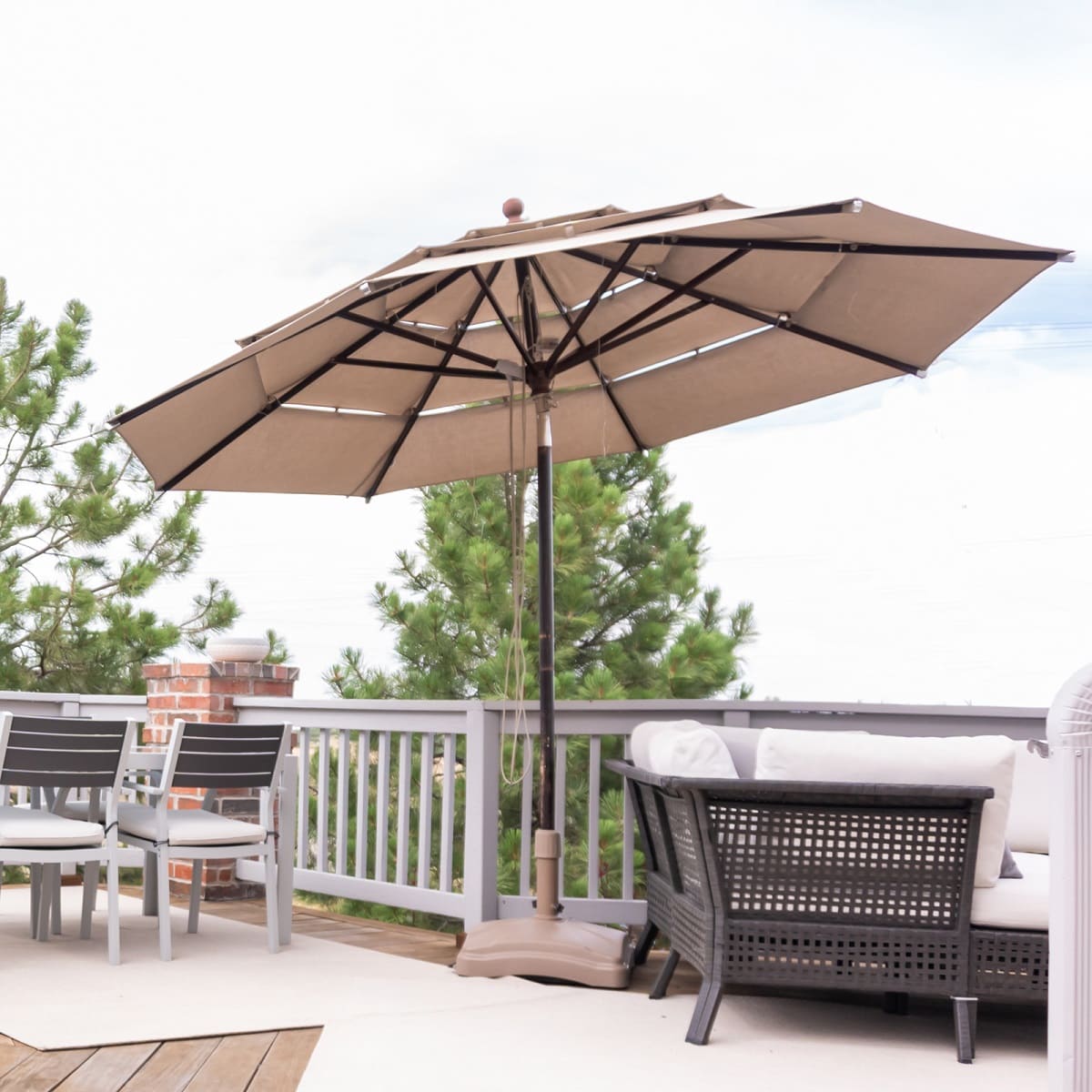
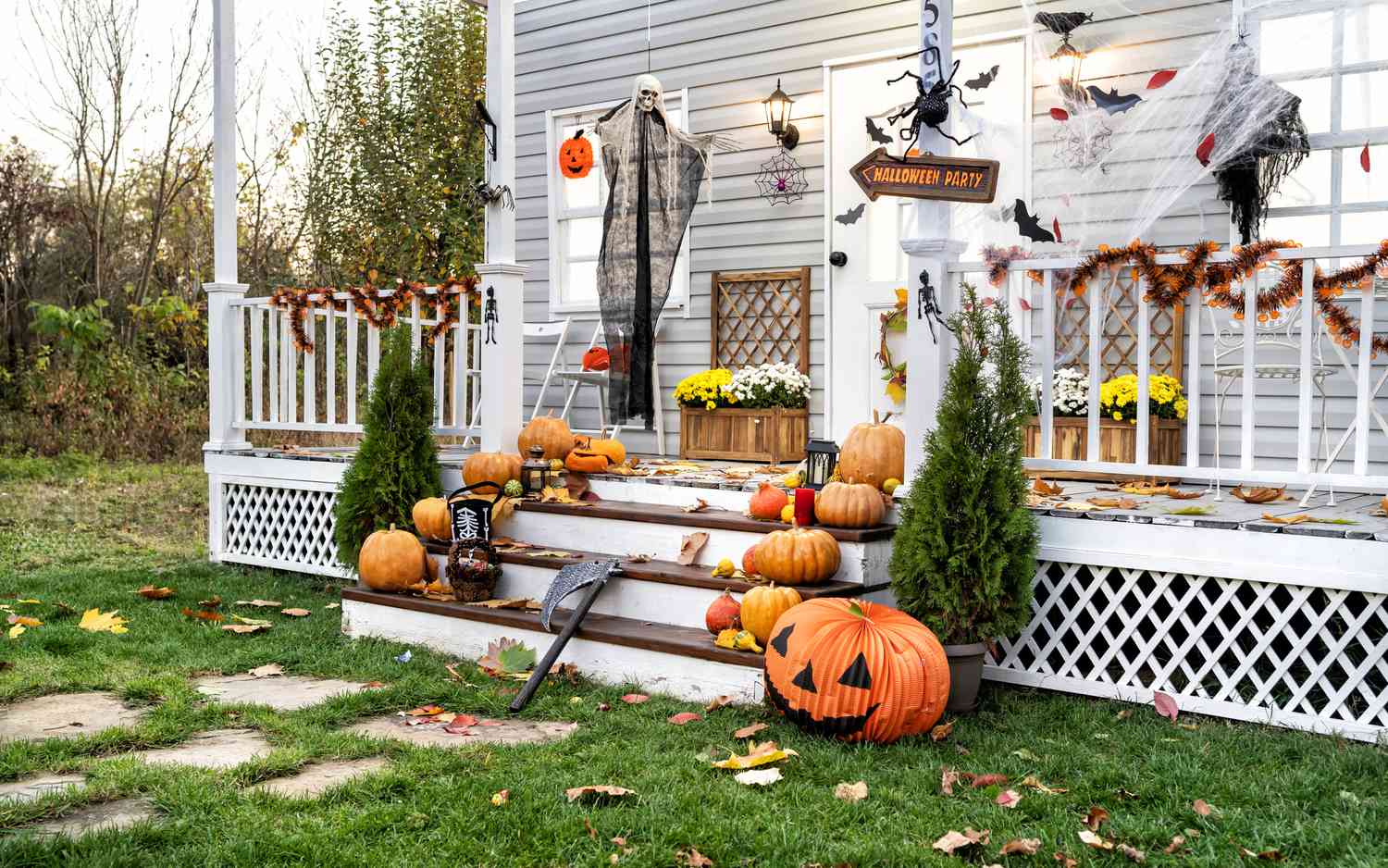
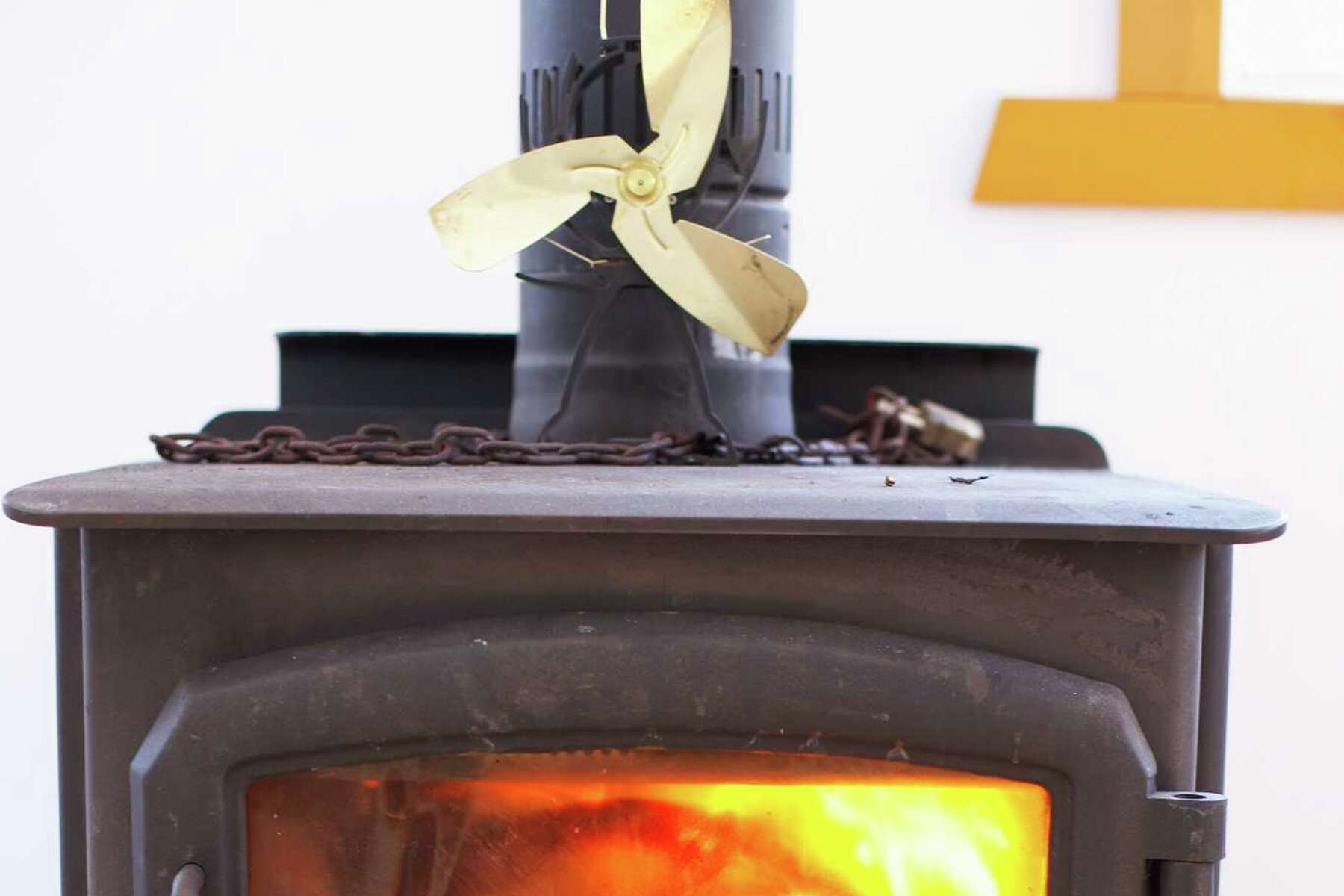


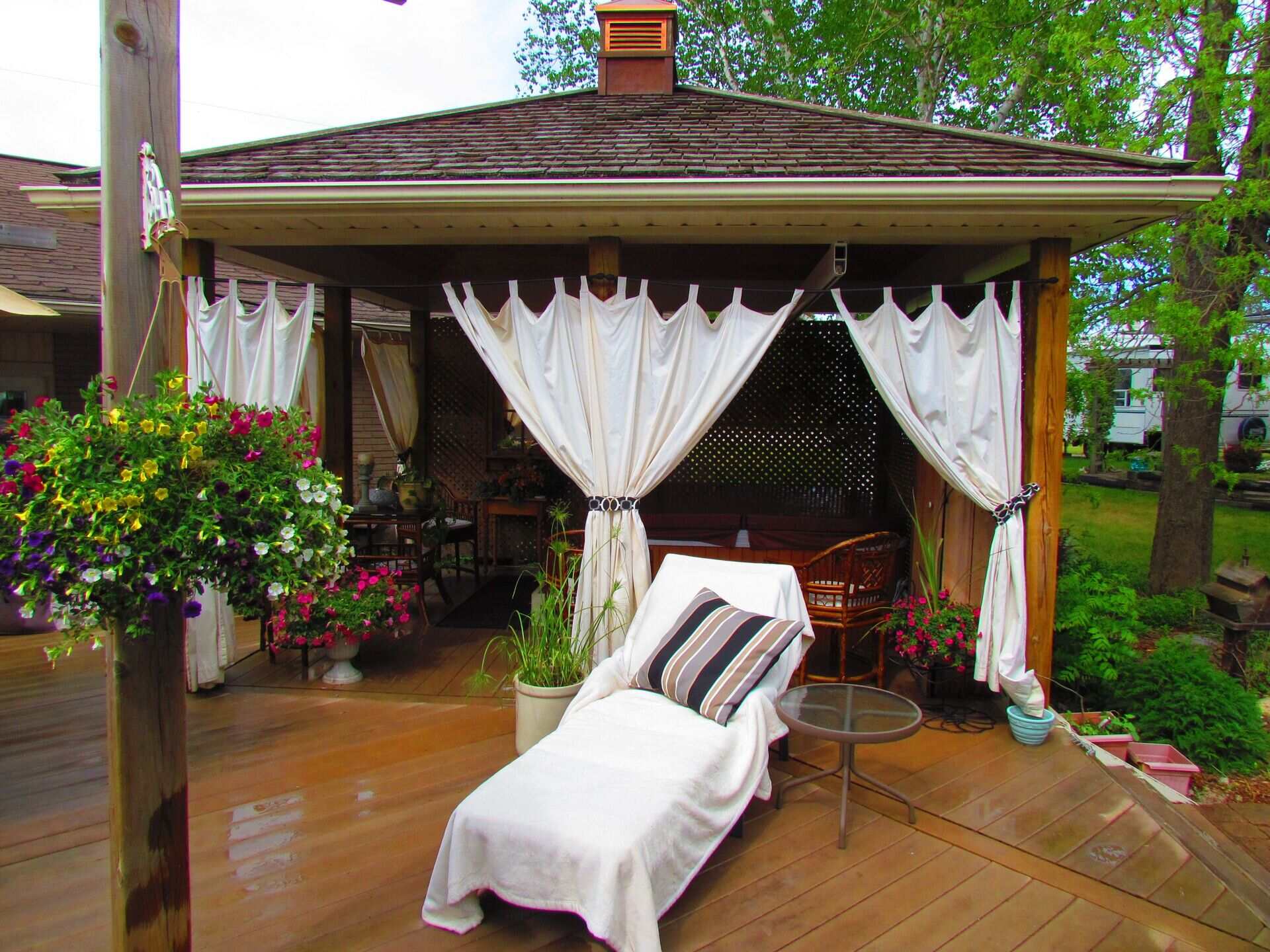
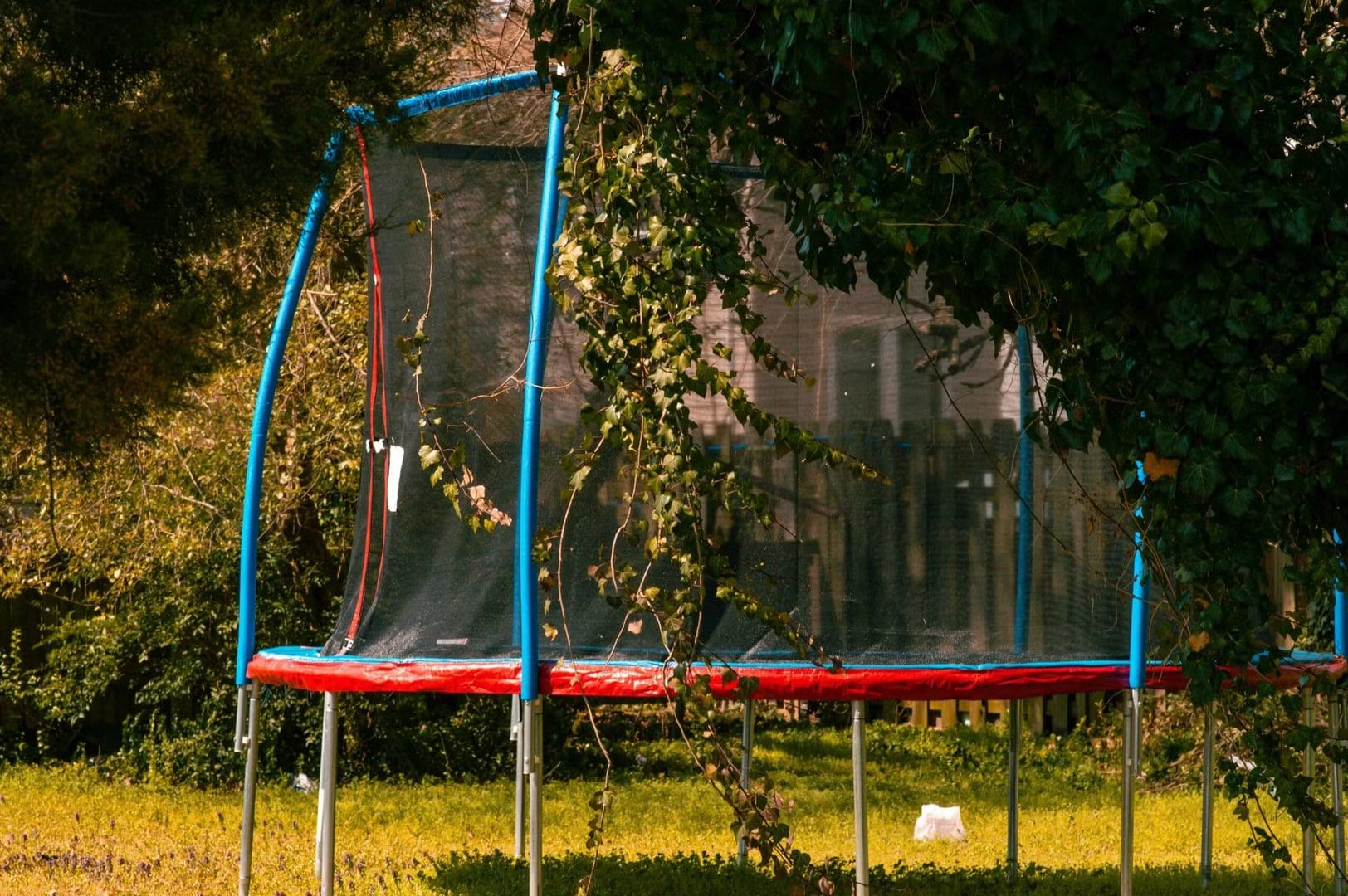
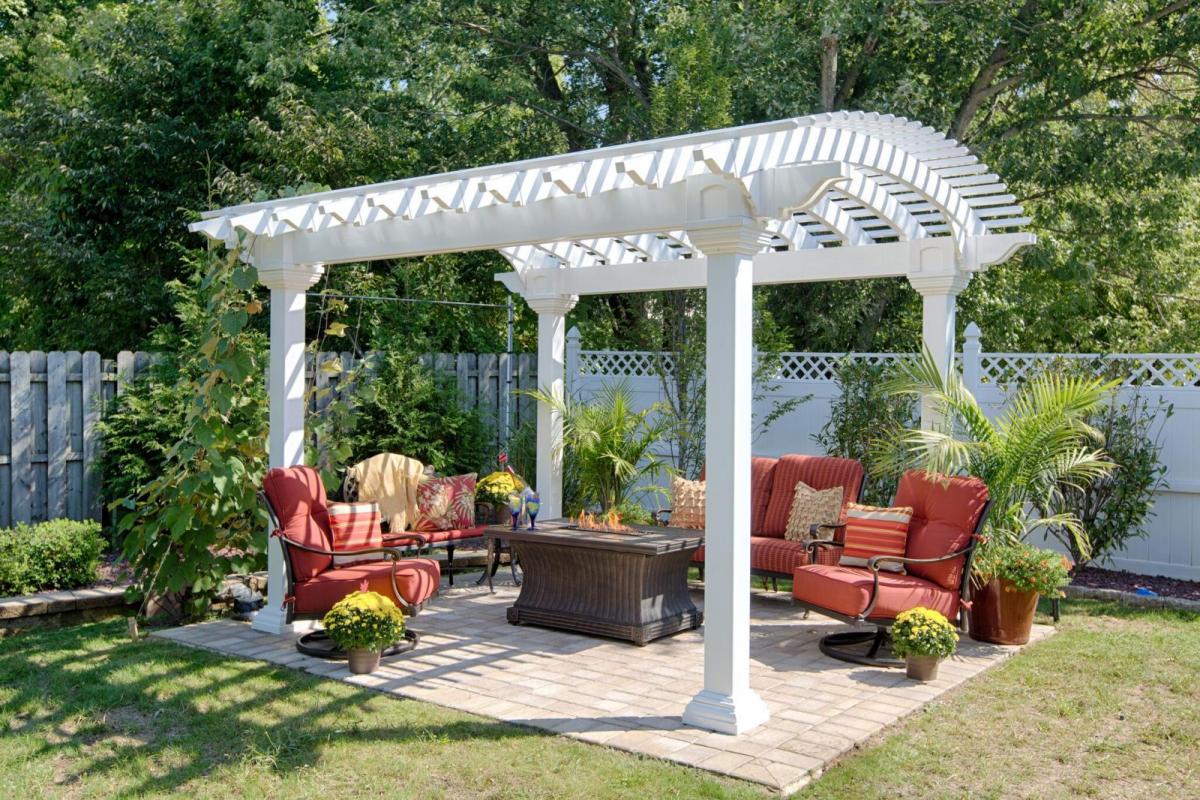
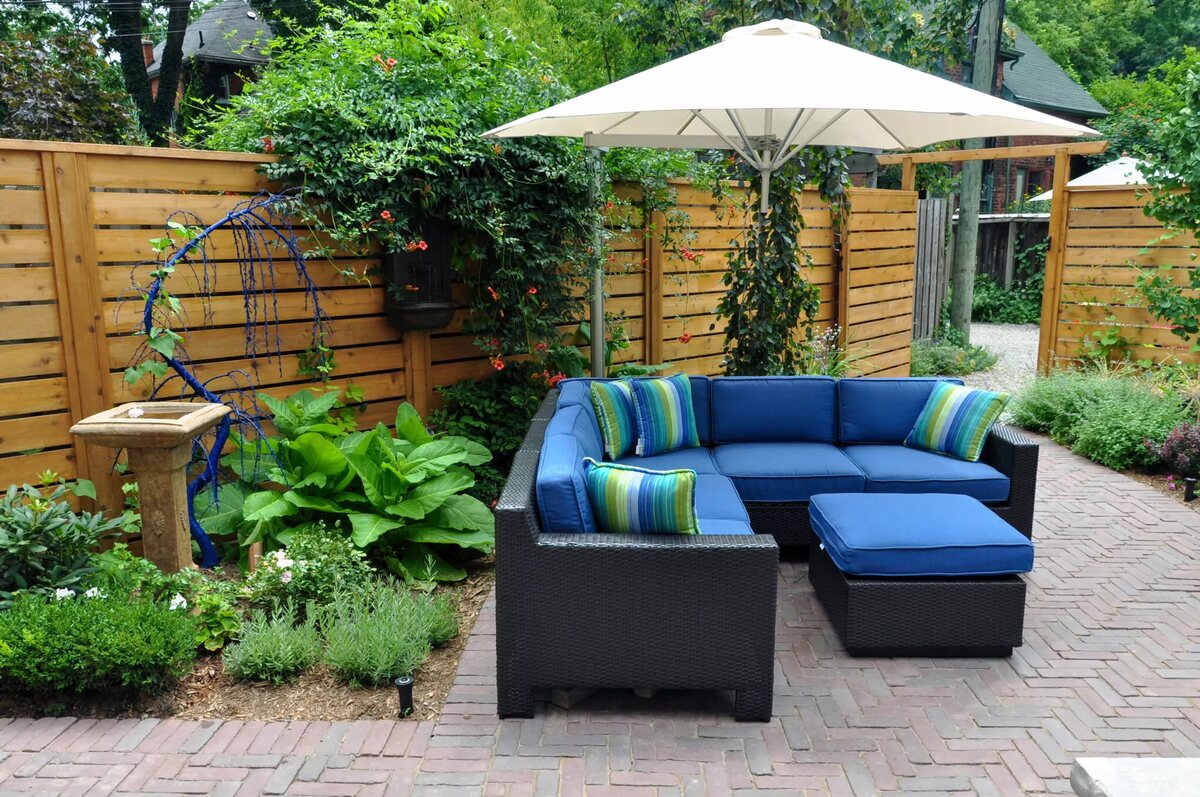

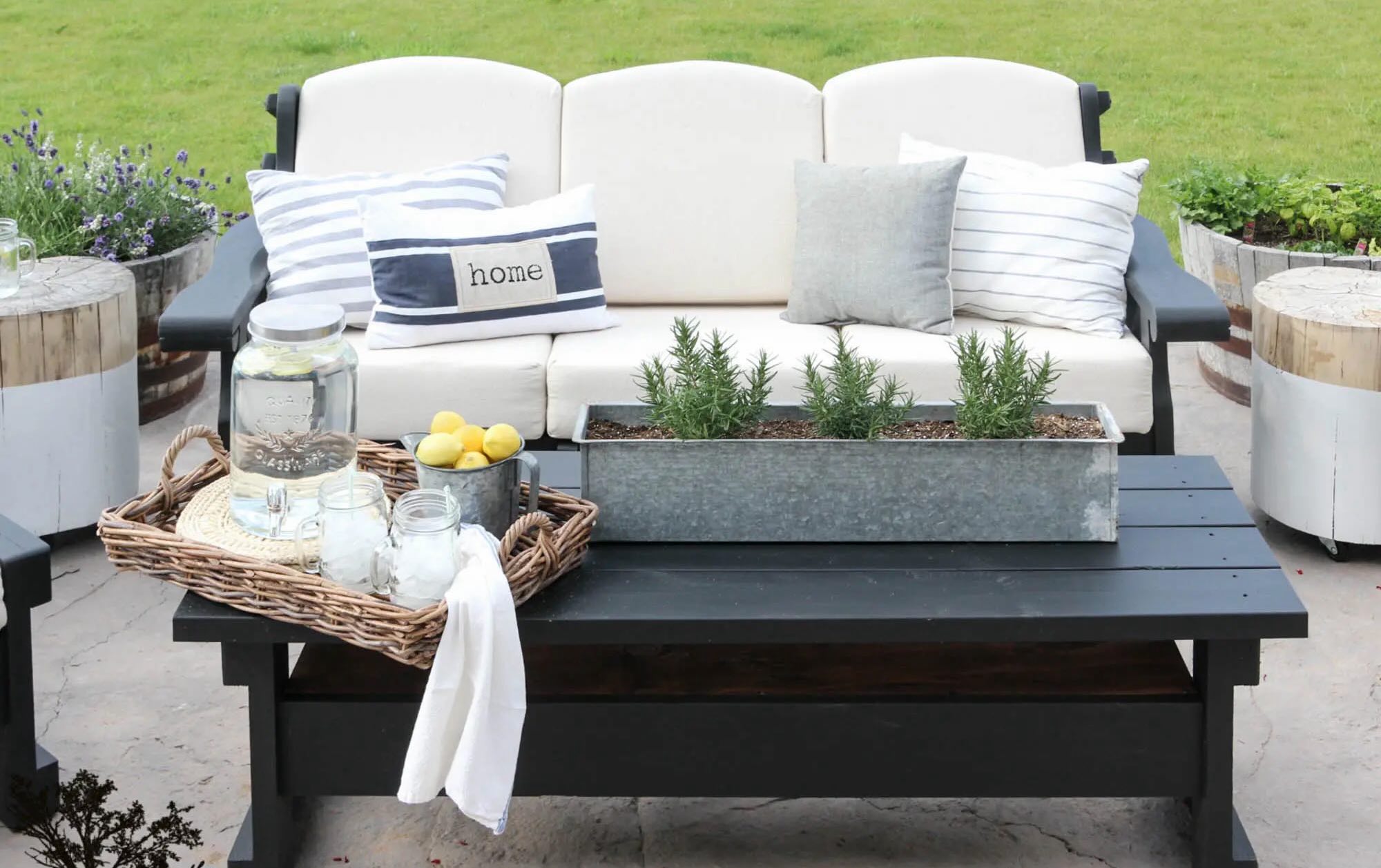
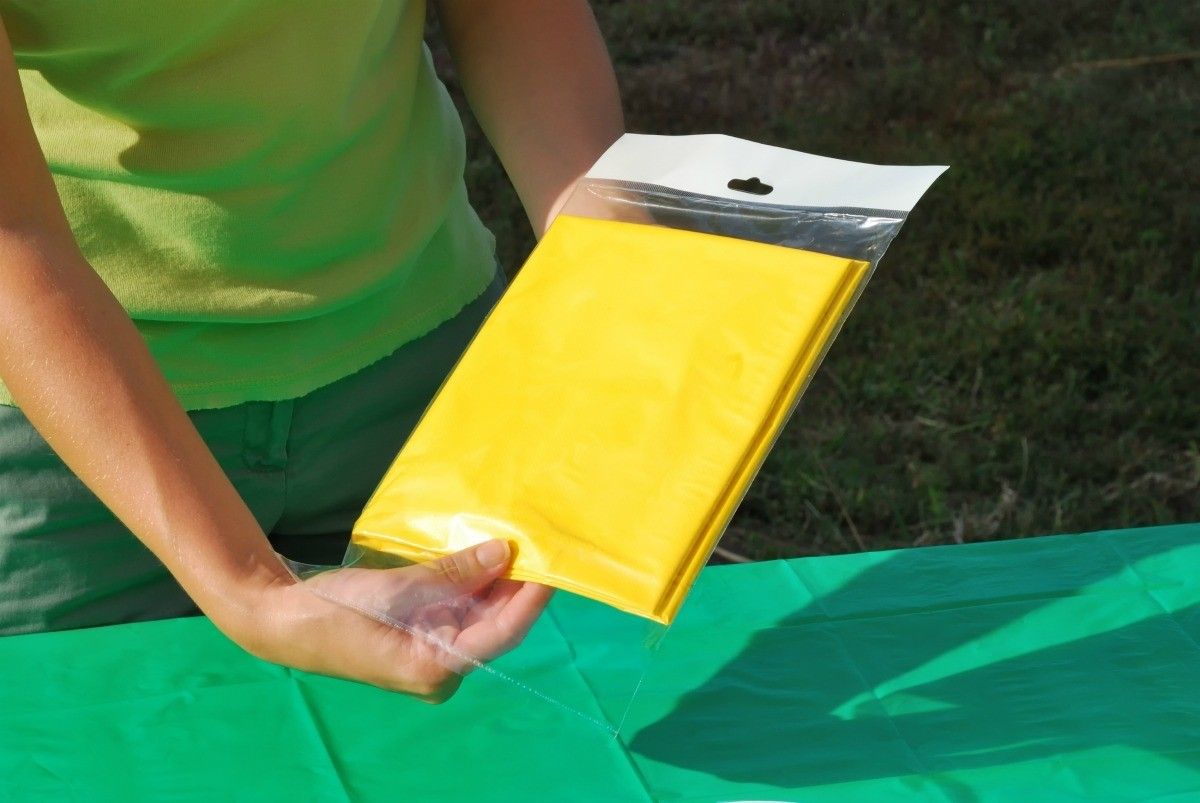

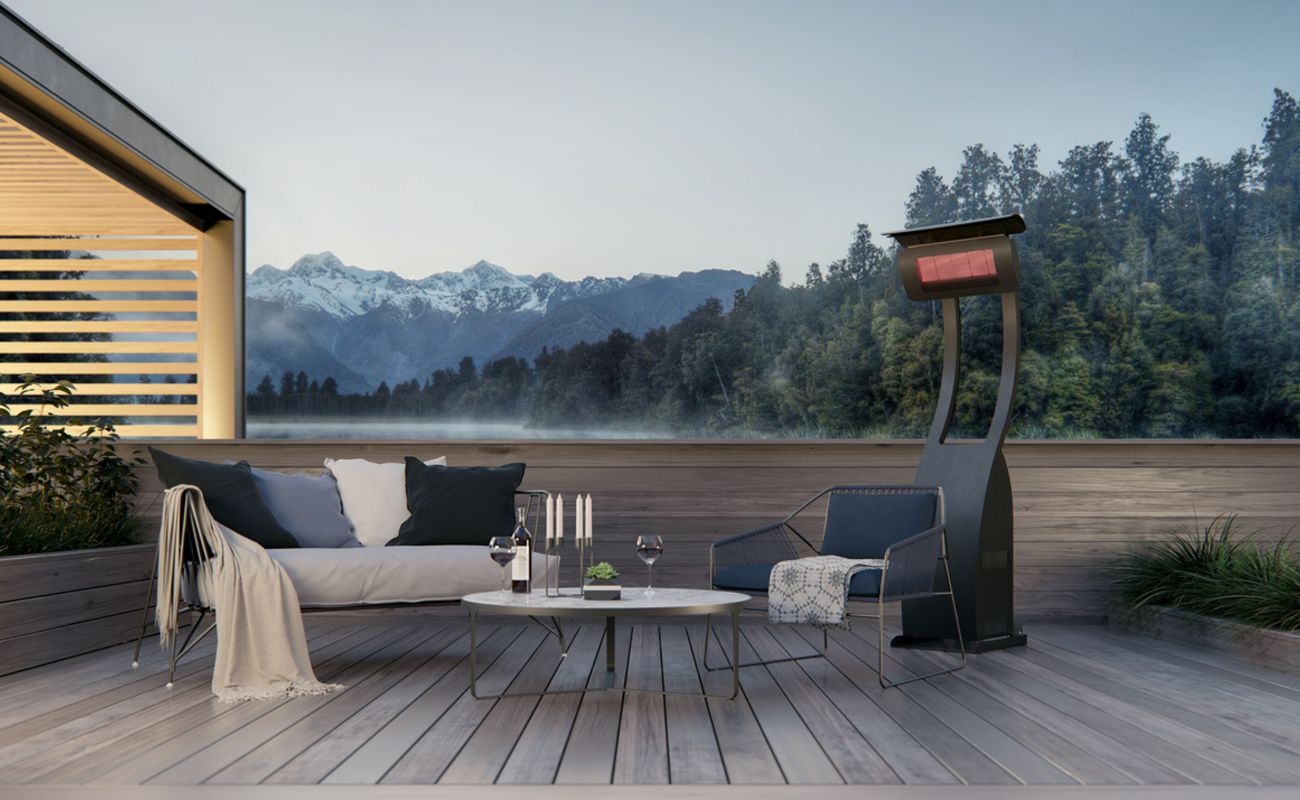

0 thoughts on “How To Keep Outdoor Blinds From Blowing In The Wind”